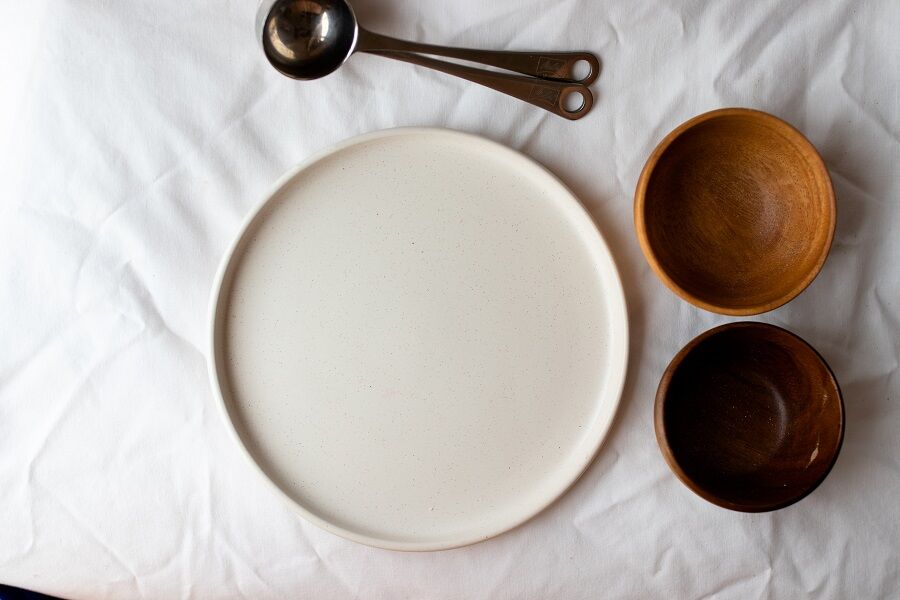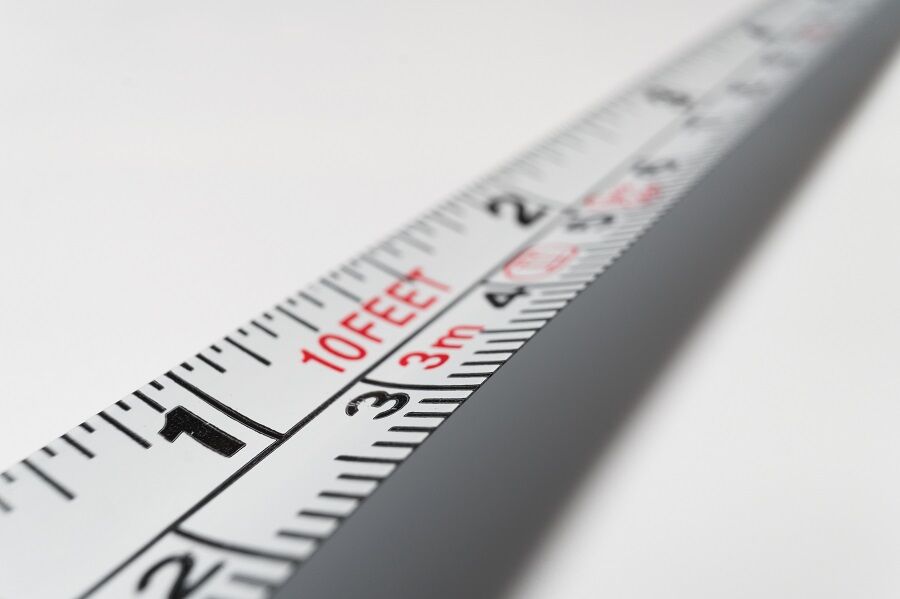What the cup is going on? Why does the US measure so differently to the UK?
Understanding Spices
Your cart is empty.
SUBTOTAL
£0.00

Understanding Spices
We’ve all been there at one point or another. You’re following a recipe online diligently. You’re in the middle of a pain-staking process – step 7 out of 15 – you can’t afford anything to go wrong. Then suddenly, you’re confronted with an instruction that is far too ambiguous for your liking. The kind of ambiguity that could derail this baking train.
‘Use two cups’. Sorry, what? Two what? What exactly is a cup? How can this be accurate? All around the world, every day, people following recipes online and flicking through cookbooks are thrown this curveball.
Fortunately, in the world of the internet, a quick Google search can give us an accurate equivalent in grams:
However, it’s still frustrating having to Google it. So, why is it that the US measures so differently to the rest of us? Like a petulant, stubborn child refusing to accept they’re wrong, America has never adopted the use of weight measurements in their baking and cooking.
Firstly, let’s analyse why we (the rest of the world) feel superior, standing here on our moral gram-using high ground? What is it about using grams that is better than cups? Experts (including professional US bakers and chefs who have converted) say it’s simple – the scale doesn’t lie.

For example, if a cook is attempting to measure 3 cups of flour, each cup will be slightly different than the last. There’s no escaping it. The first time, you may pack the flour in. The second, you might shake some excess off the top. And so on. By the time you’re done, you may be a whole cup out from the recommended amount because you’ve had no way of truly measuring accurately. Your dough is too sticky, the pastry too dry. Things fall to pieces.
Meanwhile, if you have a set of scales and you’re using grams to measure? Easy. 125 grams. Every time. This is the beauty of using grams – accurate, precise results without fail. However, despite this fact, many American households still to this day do not own a set of scales. Like some sort of Alfred Hitchcock nightmare, there are none to be found in their kitchens. Why?

The simple answer is that it’s what they’re taught. It’s a habit. It’s what America has always known. Plus, there is the rose-tinted glasses argument that suggests it’s more intuitive than using weights like grams. People originally baked by ‘feel’, just scooping stuff up in cups. Perhaps. But that’s like saying we should all still travel by steam train because it feels better and more authentic than electric cars.
Putting the rose-tinted glasses to one side, there is perhaps another reason that has meant the use of cups is ingrained within America. There are arguments that scales simply weren’t commonly available (nor affordable or portable) for anyone heading to the ‘new world’ of America. As pioneers travelled thousands of miles west across the frontier during the early 19th century, they didn’t have that luxury or time to properly weigh ingredients and supplies. It was simply easier to use measuring cups instead because you could guarantee a cup was always going to be on hand. Good enough is all you need out there on the road.

Furthermore, it’s worth noting that the US has not converted to metric measurements yet. They still use inches, feet, miles and fahrenheit degrees. Suddenly, it almost makes sense why they still use cups. There’s a trend developing here.
The biggest reason for the US having not adopted the metric system is purely time and money. As the industrial revolution kicked off, huge factories became a major source of both jobs and consumer products. At the time, the imperial system of measurements (inches and feet etc) was still in place. This meant that the machinery used in the factories was all developed using the imperial system of measurements, as well as all of the workers being trained to use this system. Is it any surprise then, that when any idea of changing to metric was floated, big businesses shot it down? They didn’t want to go through the time-consuming and expensive hassle of changing the country’s entire infrastructure. That’d be a huge operation.

Ironically, there are those who also believe that the US should keep the imperial system because it sets them apart from other countries, symbolising their status as a unique world leader. The ‘I’m right and you’re wrong’ approach (which is essentially the basis of this article!).
Perhaps, in 100 years from now we’ll all be rejoicing in our kitchens around the world, using the humble gram to cook up the perfect meal or bake a delicious treat. But for now, the cup is here to stay.
Understanding Spices
Spices have long been integral to the UK's culinary landscape, adding depth, flavours, and richness to a myriad of dishes. From the pungent aroma of cumin in Indian curries to...
Read MoreUnderstanding Spices
Confetti is an essential part of any wedding day. Not only is it a wonderful way to greet a newlywed couple, but it also provides some beautiful photo opportunities. The...
Read MoreSeasonal Ideas
It’s no secret that any handmade gift will always be more special than a store-bought one. Homemade food gifts are especially wonderful, a labour of love that shows someone you...
Read MoreHealth and Wellbeing
It’s no secret that winter’s cold and gloomy weather makes us crave indulgent dishes like fondue and baked goods like sticky toffee pudding and apple crumble. While Christmas is the...
Read More